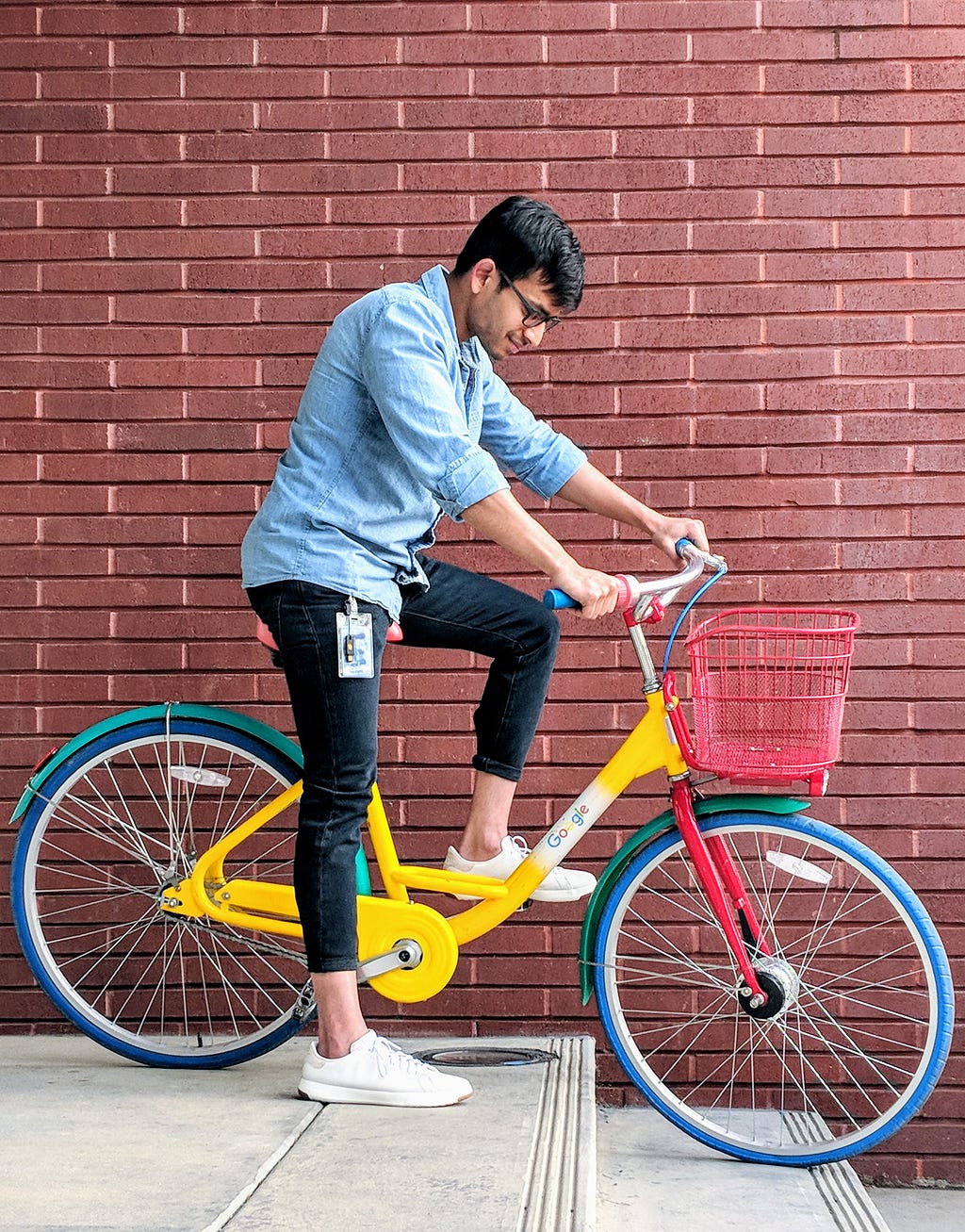Build Design Systems With Penpot Components
Penpot's new component system for building scalable design systems, emphasizing designer-developer collaboration.

Google Design — Medium | Rachit Gupta

“Three years ago, I was studying in Minnesota to become a Software engineer, and would have laughed on the thought of designing products for Google”
I still remember that day one as a designer — I wore a flat cap, an off-white shirt and fancy white joggers — trying to look like a designer. This was my first designer job out of school and I wanted to stand out. I wanted everyone to feel what I was feeling at that time. Victory.
However, with time I bridged experience and expectations. I spent the last couple of years working in e-commerce where I learned about the business rules, finances and the importance of stakeholders. I explored and developed my own ways to effectively communicate using wireframes and speed up my workflow. All good stuff, but more importantly, these three things stuck in my designer soul:
In my previous job, I worked in a small team on a major redesign that felt necessary. After putting in 10 months of effort, we ended up scrapping the project due to strategic changes. This sudden change made us unhappy and dissatisfied.
We did not ship our idea, but I grew as a designer by solving real design problems within business constraints for a real product. I was able to immerse myself into a domain that I had very little knowledge of. I ended up re-using some of this work in my future projects, but this made me realize that shipping isn’t everything and shouldn’t be the end goal. Projects that we work on are like small steps towards a bigger journey as a designer.
You’re a good designer if you can convince all the people in the room that your solution works, right? Nope. I have been on the observing end of this situation where designers marry themselves to the solution they are working on and defend it as if there is no other way to go.
Instead of finding ways to persuade people and getting through the project, I am consciously working on detaching myself from the design solution so that I can have a flexible perspective. Being too flexible isn’t the right way to go either as it leads to constant back and forth (more on this in a later post). I call this soft persuasion. 😉
I have had stakeholders exit and come back in the lifecycle of a project. It has taken me sometime to imbibe the process of taking feedback early and documenting it as we move forward. It helps me optimize design reviews and provide a necessary refresher for everyone. I wish they taught this one in design school.
As I seek to transition into my new role, I am over-excited to experiment, learn and teach. Hello Google! #noogler
✌️
Three Thoughts on UX was originally published in Google Design on Medium, where people are continuing the conversation by highlighting and responding to this story.
AI-driven updates, curated by humans and hand-edited for the Prototypr community